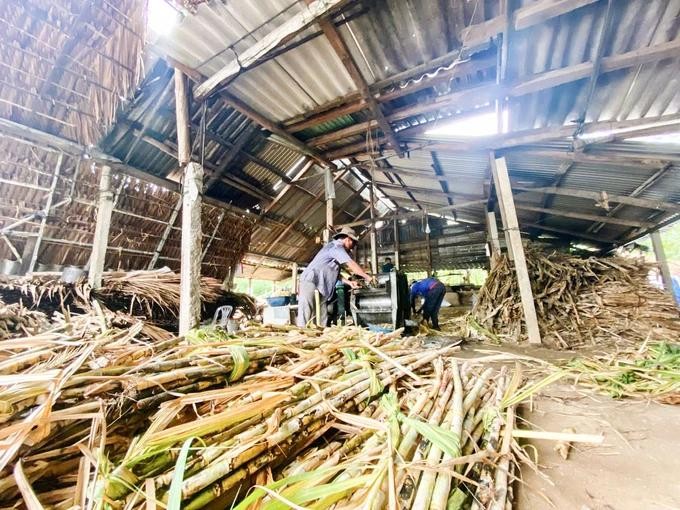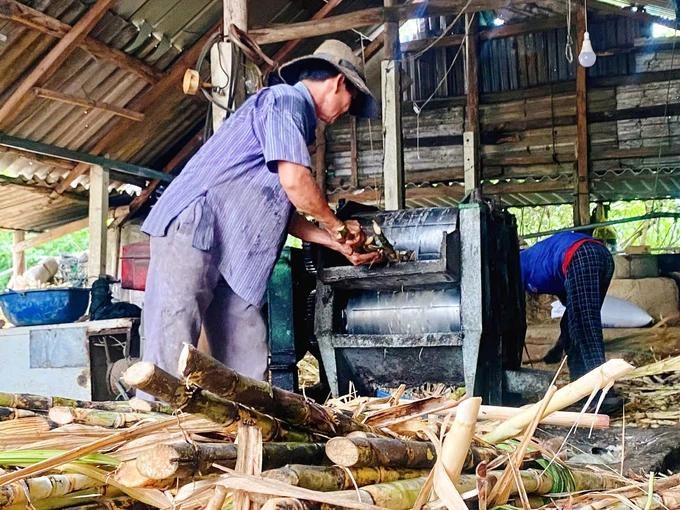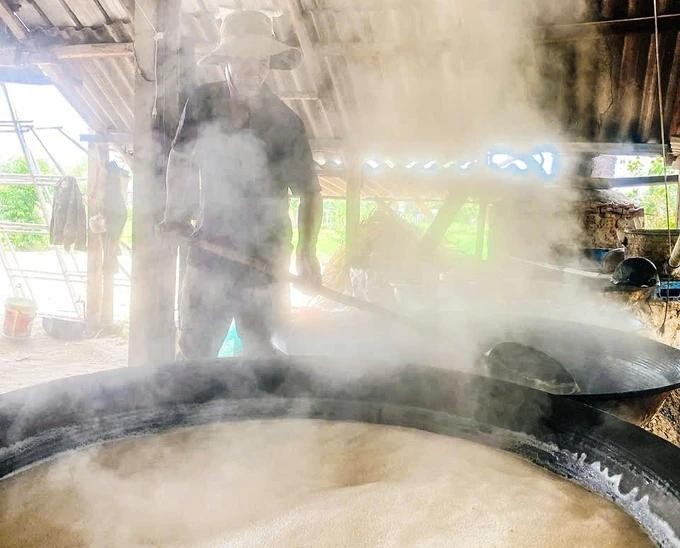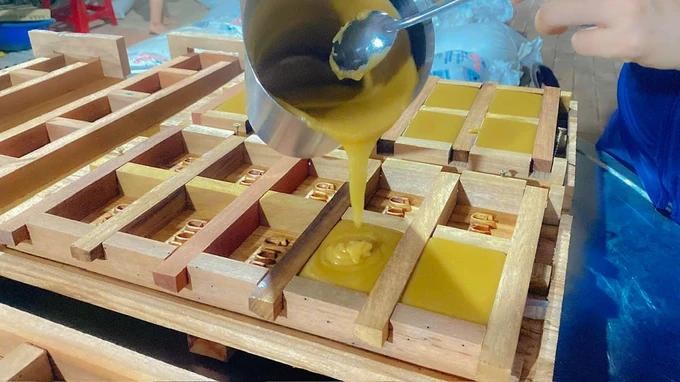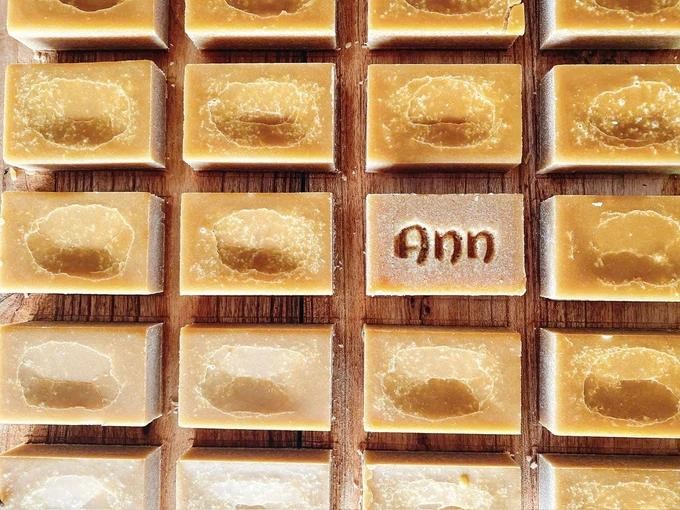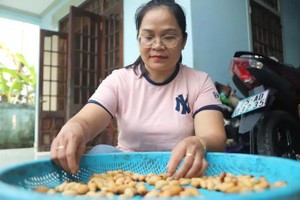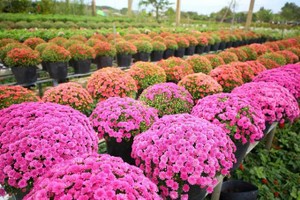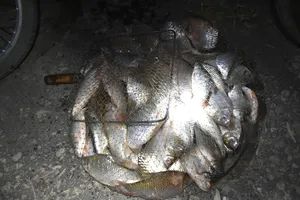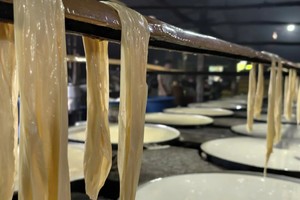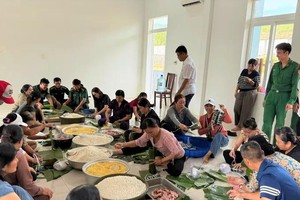
Her family's traditional sugar cane pressing furnace stands as the sole establishment of its kind in the region.
Binh Trung Commune in Binh Son District of Quang Ngai Province is a land with a rich history of sugarcane cultivation and sugar production. For centuries, its sugarcane-based products have garnered fame not only within the province but also in other regions. The craft of producing molasses and thick sugarcane was once renowned, with dozens of sugar mills operating throughout Binh Trung Commune.
As time passed, the traditional profession of sugarcane processing began to fade away. Now, only one sugarcane press survives in this rural area, belonging to Mr. Trinh Hue of Tien Dao Village, Binh Trung Commune. His daughter, Trinh Thi Kim Oanh, has committed herself to preserving this family tradition and keeping the ancient craft alive.
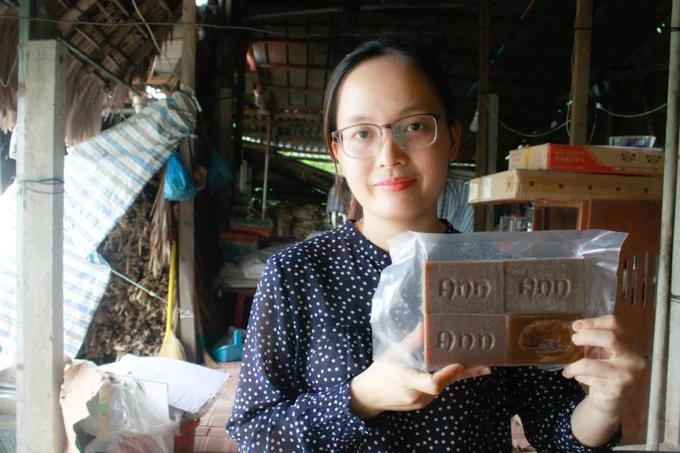
Ms. Oanh recalled that during the 1980s and 1990s, when her grandparents and father were employed in the sugar cane industry, each 300-kilogram batch of sugar could fetch three taels of gold. Skilled sugar workers, who crafted their batches meticulously, were rewarded handsomely by owner.
Ms. Oanh explains that around 60 households in the village construct rudimentary sugar furnaces, sheltered by thatched roofs. Villagers work tirelessly in shifts, with some tending to the sugarcane fields, others extracting the juice, cooking it into sugar, pouring it into molds, refining it, and producing molasses. This ceaseless activity infuses the countryside with a vibrant energy from morning to night.
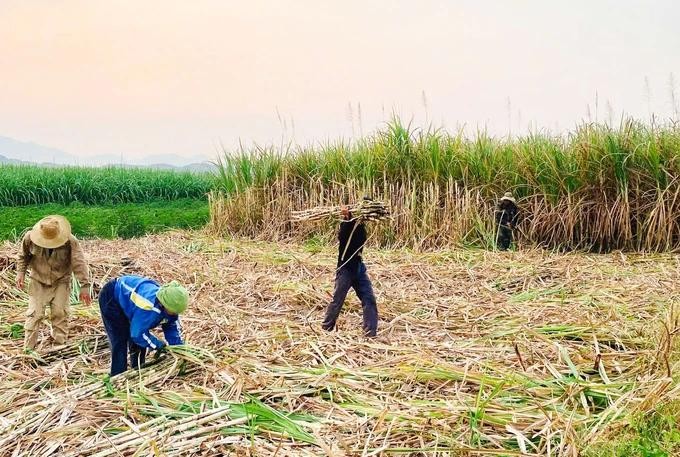
For nostalgia for her previous employment and the familiar environment, the young woman decided to revive the sugarcane production business. She dedicated herself to mastering the traditional methods of sugarcane processing while simultaneously enhancing the quality of molasses to meet market demands.
According to Ms. Oanh, once the sugarcane is harvested, it is promptly pressed to extract the juice. This pressing is executed swiftly, after which workers transport buckets of the freshly pressed juice to large cast iron pans heated over a fire. Other team members are responsible for stirring the juice, utilizing sugarcane bagasse as fuel beneath the furnace. The cooking process for the sugarcane juice continues for approximately two hours, during which they carefully remove the foam that accumulates on the surface of the pan.
To produce high-quality molasses, Ms. Oanh refined the traditional sugar cane processing method. She explained, "In the past, molasses was made by filtering the sugar cane residue only one or two times. This resulted in a coarse product with remaining sugar cane particles. However, this left the sugar coarse and mixed with sugarcane residue. Today’s market demands much stricter product standards.
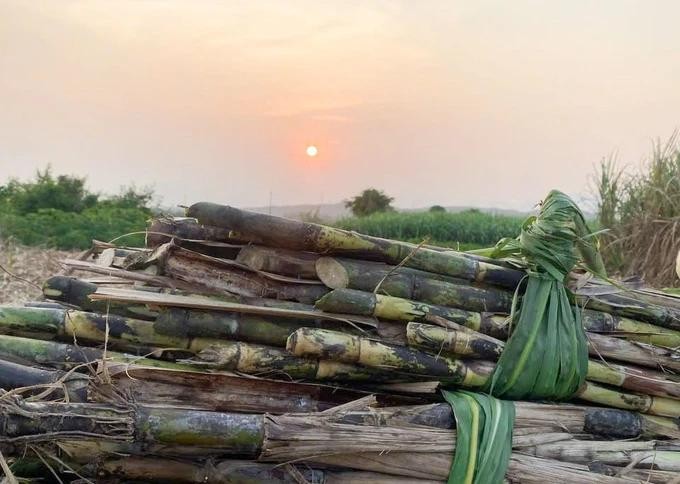
Hence, after cooking the sugarcane, she let it condense into molasses over 3–4 hours and continuously filter it until it becomes clear. Once this step is complete, the worker transfers the molasses into a pot, stirring it constantly until it granulates into sugar. Finally, the sugar is poured into wooden molds and left for about two hours to solidify.
Ms. Oanh, in her desire to maintain the traditional craft, carried on her family's legacy by enhancing the sugar cane production process. This innovation led to the creation of various products, including molasses, apricot blossom sugar, raw cane sugar cakes, and pure molasses cane sugar.
Ms. Oanh observes that present consumers increasingly prefer clean sugar, noting that sugar derived from sugarcane molasses is inherently natural and provides a delightful sweetness and aroma. She is also dedicated to developing a diverse range of products, which serves as a chemical-free and preservative-free alternative to white sugar in culinary applications. Since the revitalization of her family's sugar cane kiln, Ms. Oanh has achieved initial success in market penetration over the past two years, utilizing social media to facilitate sales of approximately 0.5 tons of pure sugar annually across various provinces and cities.
The initiation of a sugarcane enterprise continues to encounter numerous challenges amid market competition; however, entrepreneurs like Ms. Oanh are helping to revive the traditional sugarcane industry, blending the hardships and rustic charm of craft village life.
Vice Chairman Huynh Van Tuan of the Binh Trung Commune People's Committee stated that the sugarcane industry in Binh Trung Commune has a long-standing history and was once a primary source of income for numerous families. This industry is recognized as part of the traditional professions within both the district and Quang Ngai Province.
He added that however, due to the increasing challenges in the market for sugarcane products, very few individuals continue to engage in this profession. Ms. Oanh is one of the few who keep the traditional profession while elevating the sugarcane trade into a product of significant value and brand recognition. In the near future, the local authorities plan to propose the development of OCOP products derived from these traditional profession with the aim of preserving and revitalizing this profession that is gradually diminishing.
